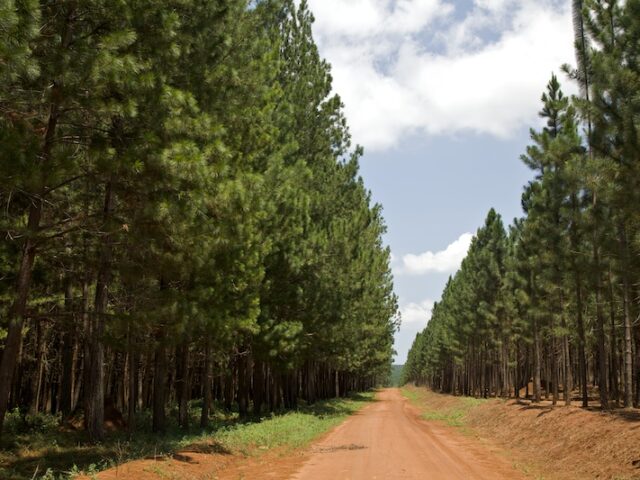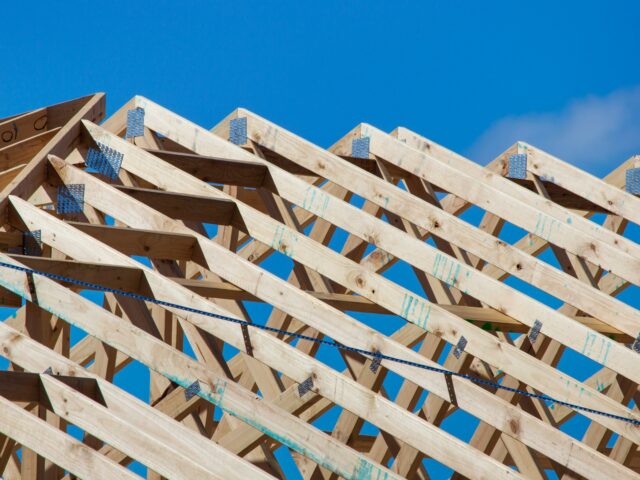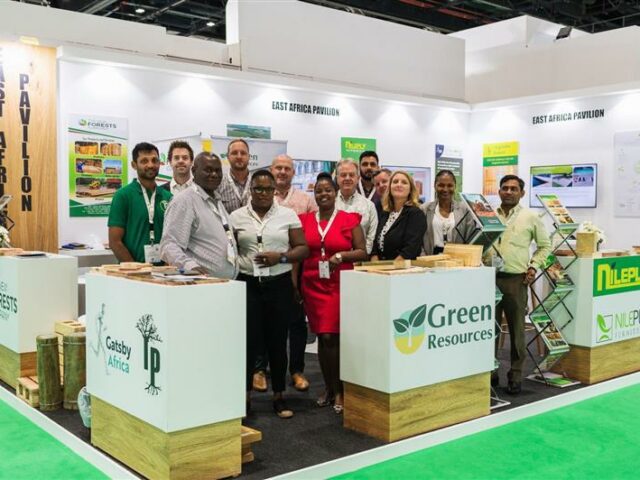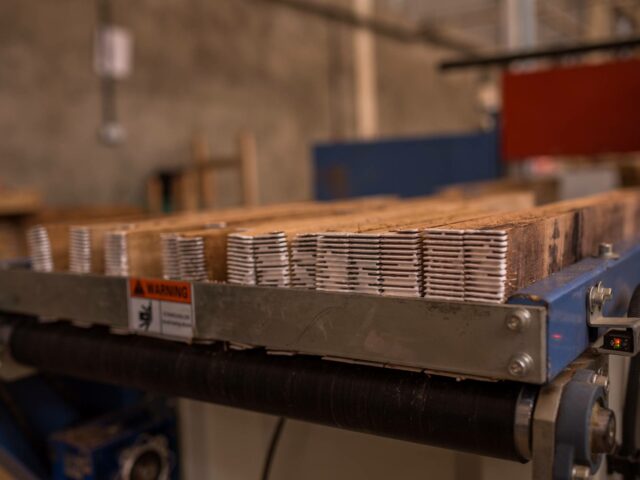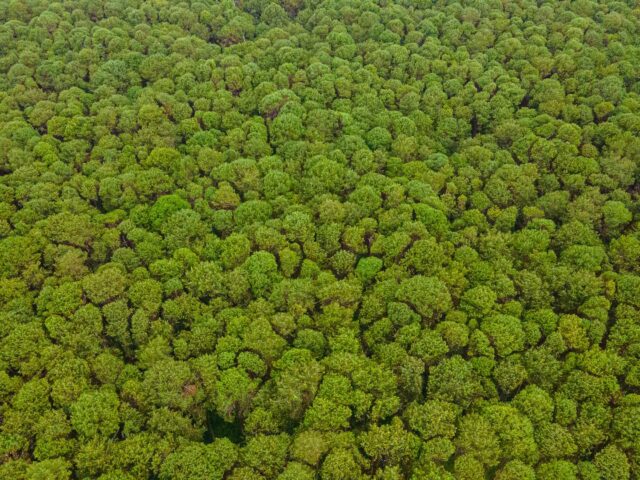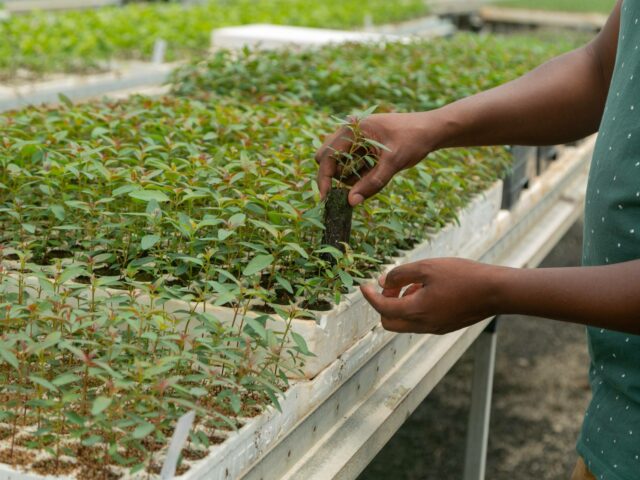Seeing the wood for the trees: Pioneering sustainable timber construction in Kenya
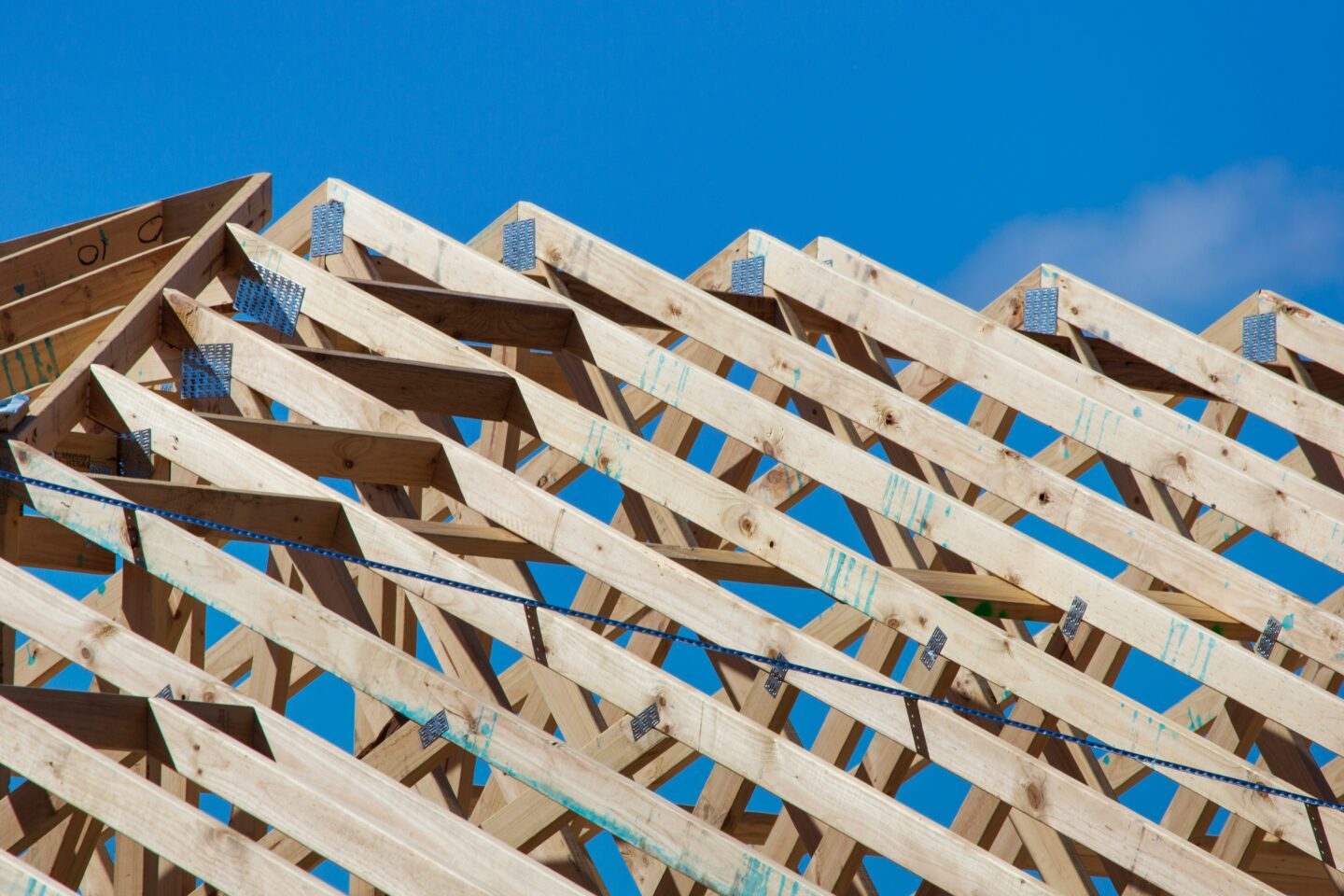
In light of the pressing issues of climate change and global economic instability, the construction industry is undergoing a transformative phase, seeking out new and alternative materials to promote sustainability and reduce carbon emissions in building projects.
In East Africa, the concept of green construction and green buildings is rapidly gaining traction. Developers are increasingly interested in exploring a variety of materials for different building components, including walls, roofs, floors, and interiors. The primary motivation behind this exploration is to discover more cost-effective and environmentally sustainable methods of construction. Moreover, there is a growing emphasis on sustainability and environmental responsibility from the government side, with the development of effective policies such as timber grading standards, building codes, and green construction policies.
The construction sector stands as one of the largest contributors to carbon emissions globally, accounting for approximately 11% of total emissions in 2022. Concrete and steel have traditionally been the go-to materials due to their availability and cost-effectiveness.
As Kenya and the broader East Africa region continue to experience rapid urbanization and development, there is an increasing acknowledgment of the significance of sustainability in construction practices. This acknowledgment is not merely a passing trend but rather a crucial step toward securing a prosperous future for generations to come, especially considering the imperative to reduce carbon emissions as outlined in the Nationally Determined Contributions (NDCs).
East Africa’s commercial forestry sector presents a significant opportunity to supply the growing housing and construction sector with a variety of high-quality timber resources. Uganda, Kenya, and Tanzania boast a huge commercial forestry resource that can meet this demand. Additionally, primary and secondary manufacturers are investing in advanced technologies to produce a range of high-quality timber products such as kiln-dried sawn timber, plywood, flooring, roofing products, furniture, and joinery utilities to align with developers’ needs. Current production is expected to grow by over 10% per year until 2033.
Why we are working with affordable housing developers in Kenya
Over half of the necessary housing for Kenya’s future urban population is yet to be built. To meet this demand while adhering to global warming targets, sustainable solutions are required within Kenya’s housing sector to mitigate its growing carbon footprint.
Gatsby Africa, in partnership with Arup, have engaged in learning research, with the objective to identify opportunities for the use of sustainably sourced timber in mainstream residential building typologies in East Africa. This has been done by considering opportunities to substitute the use of typical high embodied carbon materials (e.g., concrete and steel) with timber, wood products and low-tech engineered timber, in selected representative urban and rural residential building typologies in East Africa. The carbon and cost benefit of different timber building systems has been analysed to inform decisions around testing and proof of concepts for some of these innovations.
Key opportunities identified include cost-competitive flooring innovations such as timber cassette flooring and timber joisted floor systems compared to traditional materials.
Current Innovative Projects-expected Outcomes
Gatsby Africa is partnering with reputable developers in Kenya, who are at the forefront of sustainability and pioneering affordable housing such as Unity Homes, to test innovative timber systems in affordable housing projects. The goal is to demonstrate the viability of timber construction and overcome existing perceptions. By promoting timber use in construction, Gatsby Africa aims to create downstream markets for East Africa’s commercial forestry, generating employment and driving economic growth while promoting climate-friendly practices.
Next Steps
However, despite promising advancements, barriers to the widespread adoption of timber in urban housing persist. These barriers include lack of awareness, limited availability, supply chain inefficiencies, affordability issues, and the absence of quality standards and regulations. Gatsby Africa is committed to collaborating with like-minded stakeholders such as developers, architects, engineers, and government entities to explore more opportunities for sustainable timber use in mainstream housing construction, contributing to a more sustainable and environmentally conscious urban environment.
